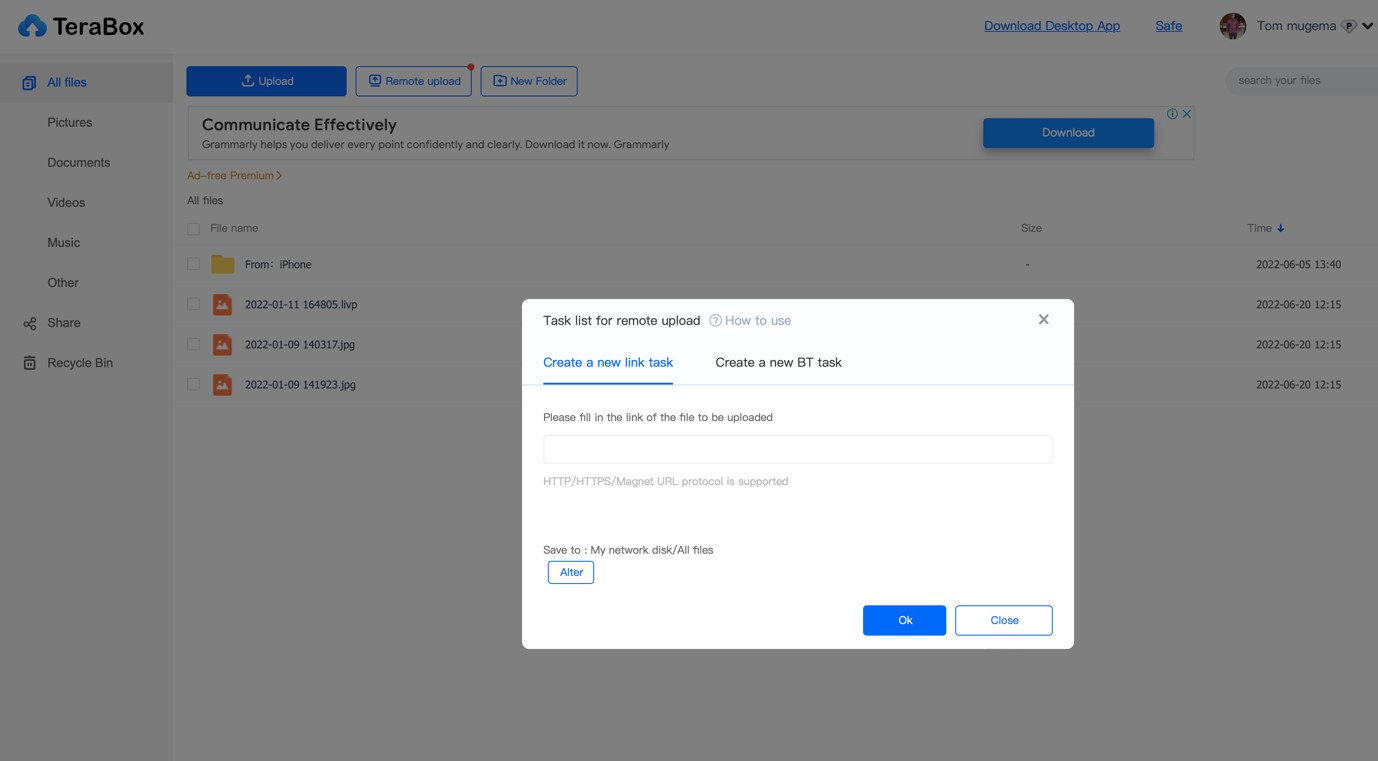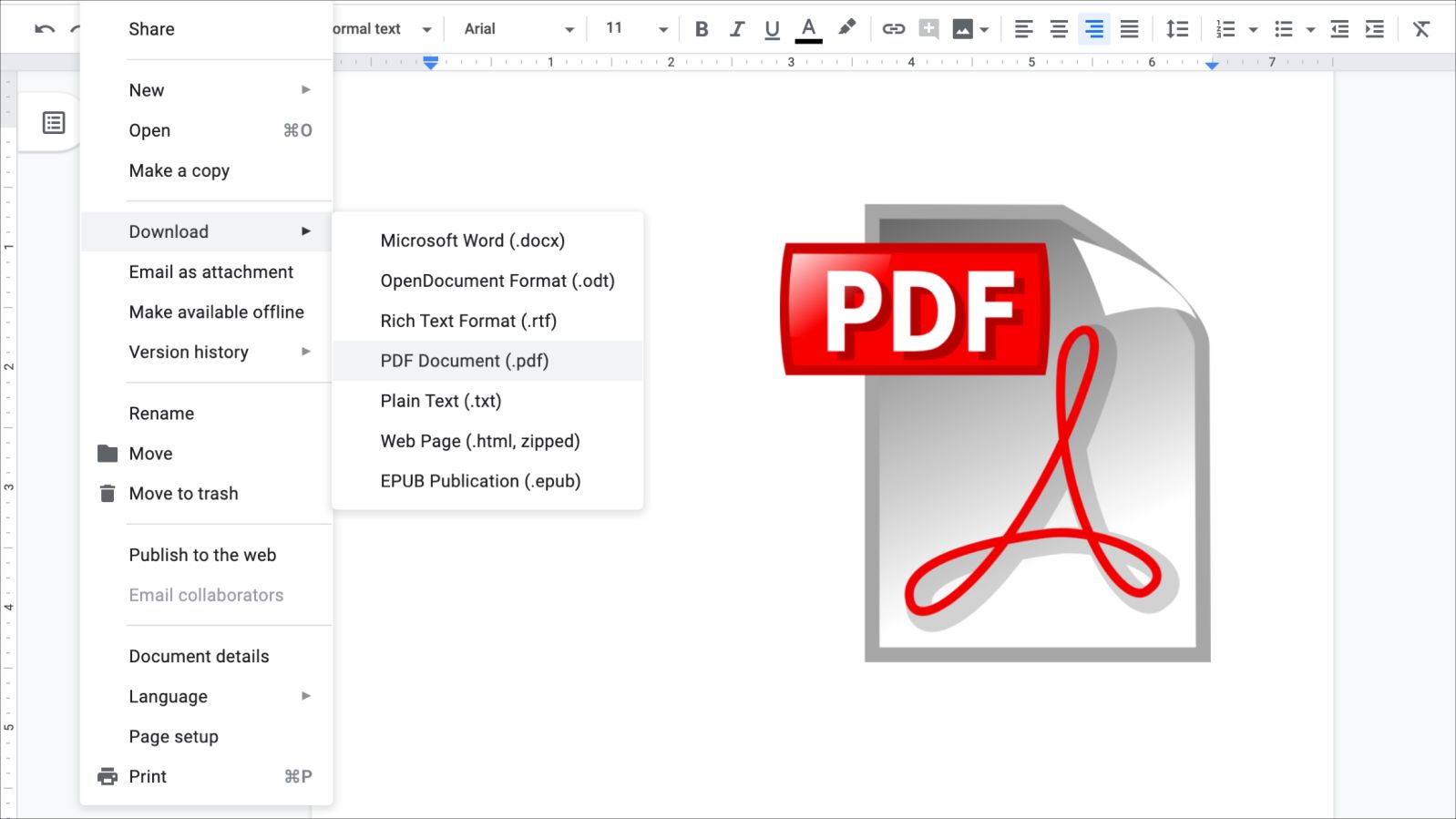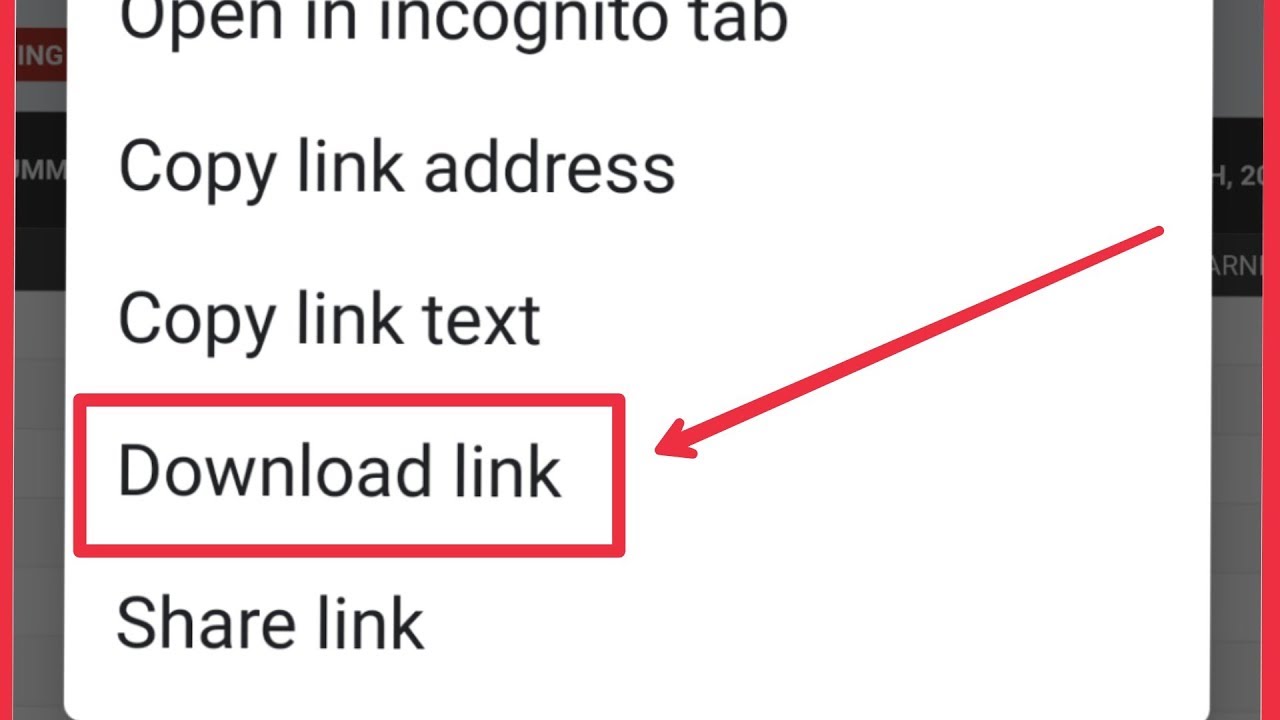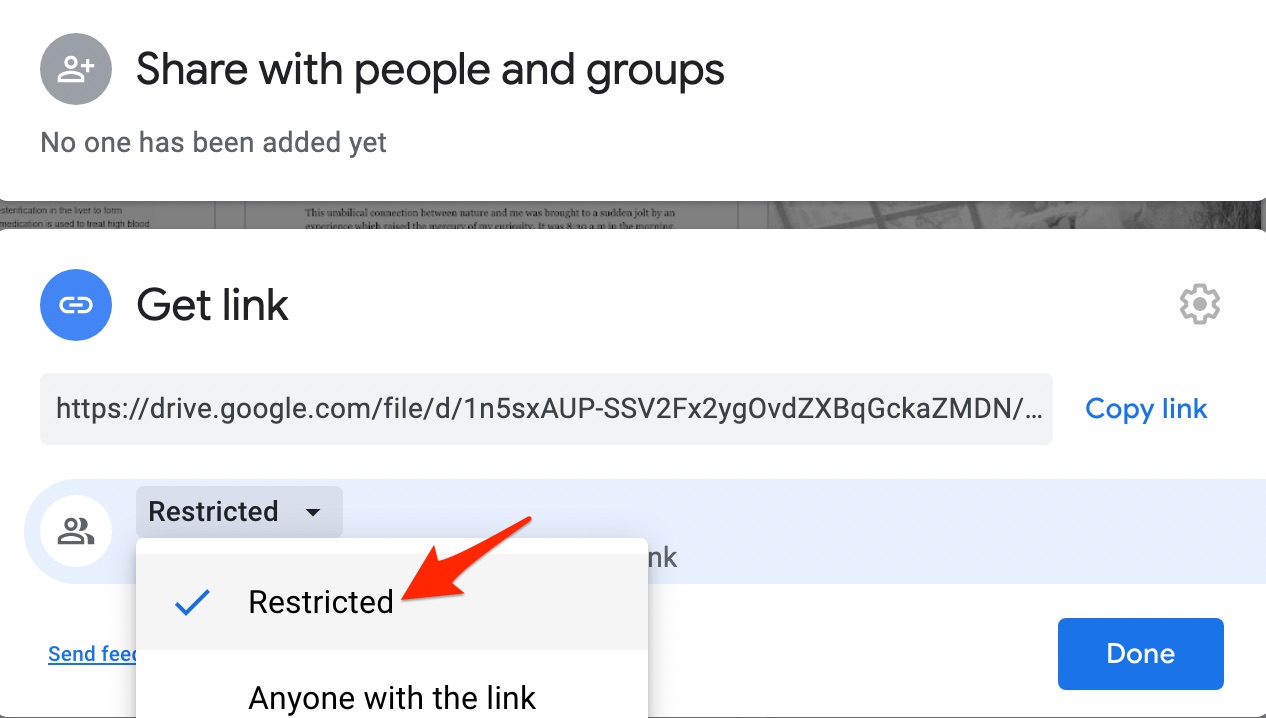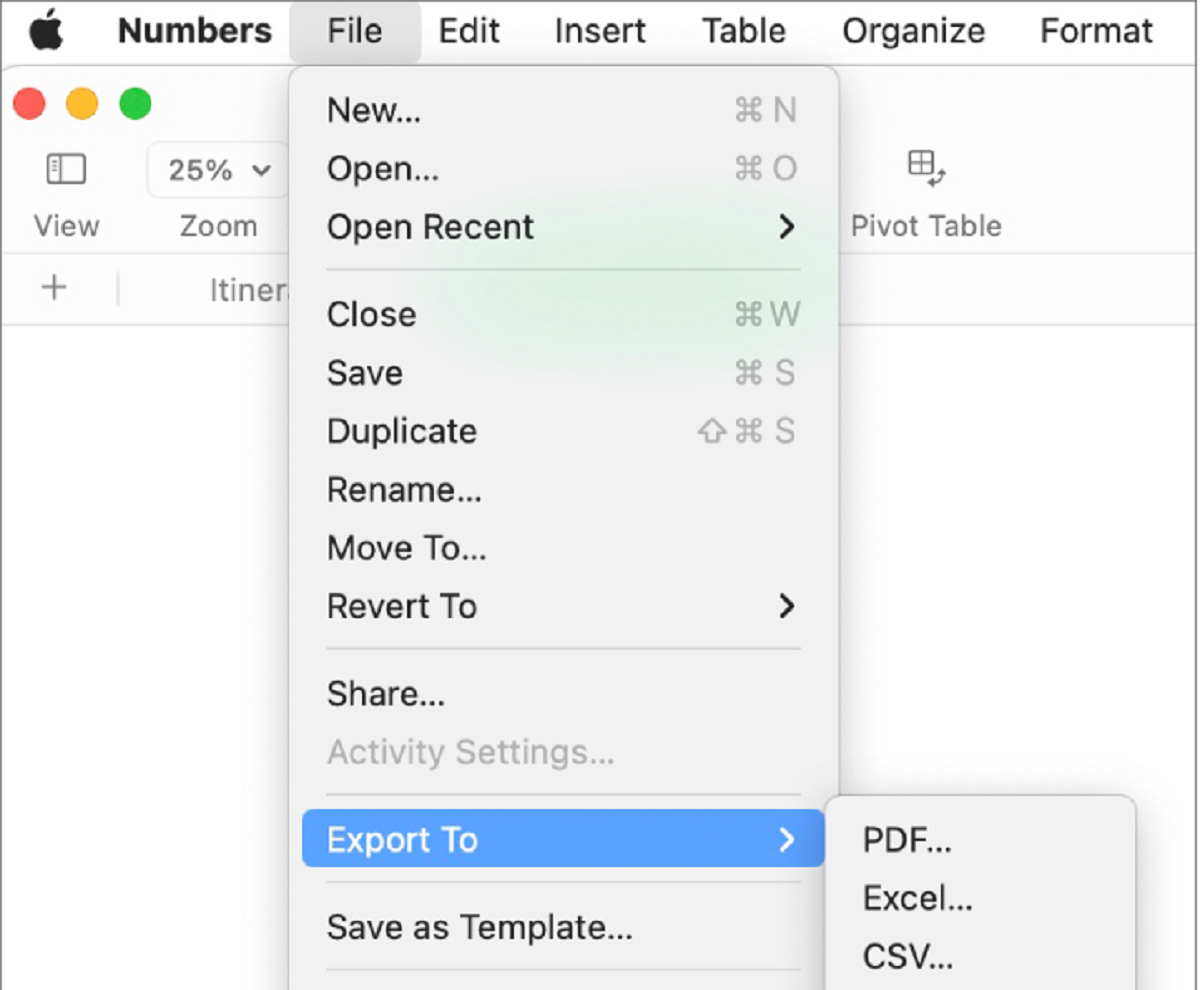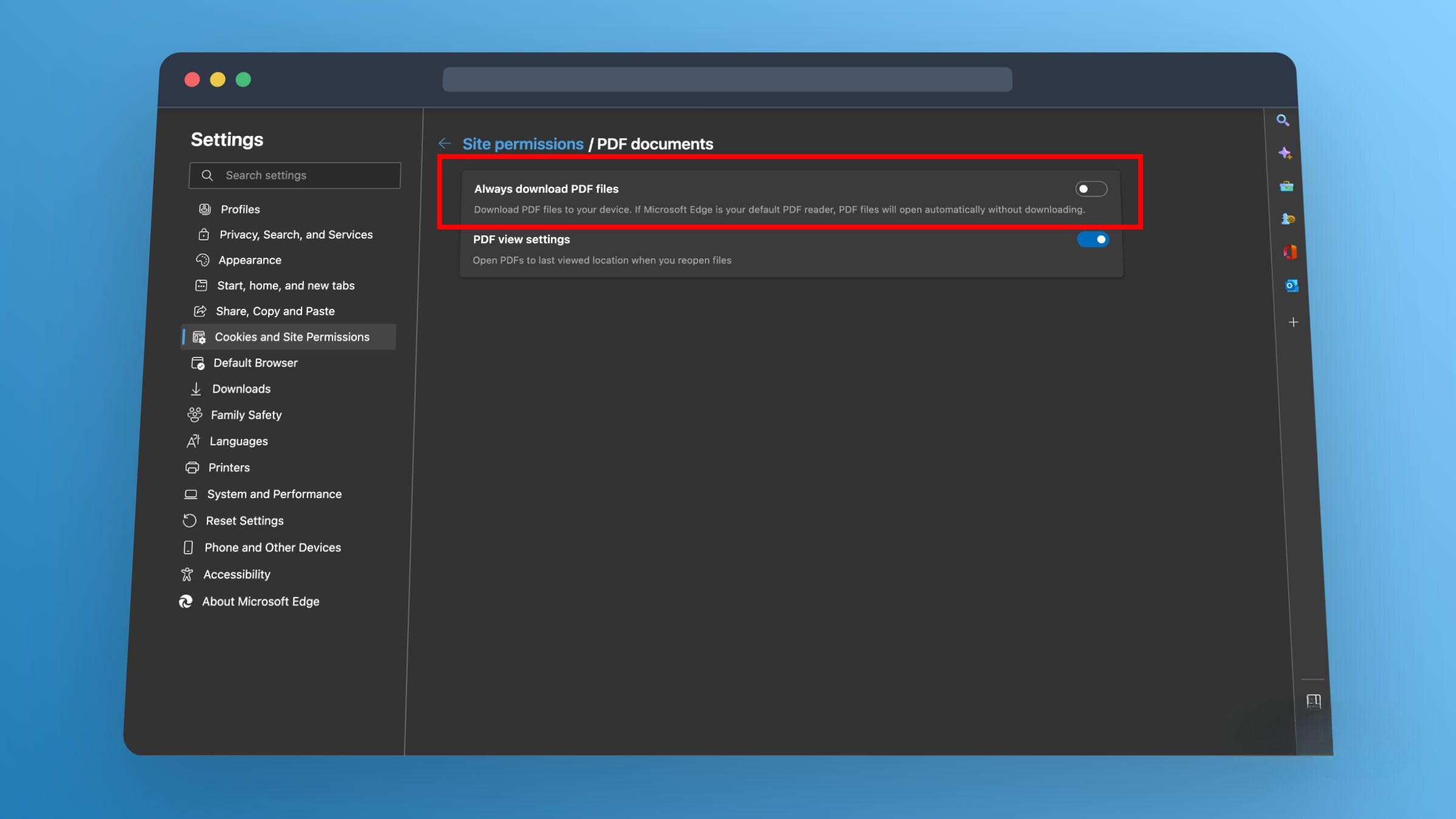Introduction
Downloading files from the internet is a common task that we often encounter in our digital lives. Whether it’s a document, an image, a video, or any other type of file, knowing how to download them properly can save us time and frustration.
In this article, we will guide you through the process of downloading a file from a link. Whether you are a beginner or someone who is not familiar with this process, don’t worry! We will explain the steps in a simple and easy-to-understand manner. So let’s get started!
Downloading files from a link can be done in various ways, depending on the device and web browser you are using. However, the general process remains the same. In this guide, we will focus on the steps that are applicable to most devices and web browsers.
Before we dive into the details, it is important to note that downloading copyrighted material without proper authorization is illegal. It is essential to respect intellectual property rights and only download files from trusted sources that have the necessary permissions.
Now, let’s begin the journey of learning how to download a file from a link!
Step 1: Right-click on the download link
The first step in downloading a file from a link is to locate the download link on the webpage. The download link is usually denoted by a clickable text or an image that indicates it is a download link. It could be labeled as “Download,” “Download Now,” or a similar phrase.
Once you have identified the download link, position your cursor over it. Then, right-click on the link. This will bring up a context menu with several options. The options available may vary depending on your operating system and web browser.
Note: If you are using a touchpad or a device without a right-click button, you can usually perform a long-press on the link to bring up the context menu.
In the context menu, you will see various options. Look for an option that is related to downloading the file. Common options include “Save link as,” “Download link,” or something similar. It is important to select the option that saves or downloads the file, rather than opening it directly in the browser.
By right-clicking on the download link and selecting the appropriate option, you are telling the browser to start the download process for the file you want. Once you click on the download option, you will move on to the next step in the process.
Step 2: Select “Save link as” or “Download link”
After right-clicking on the download link, a context menu will appear with various options. Look for an option that allows you to save or download the file. The specific wording may differ depending on your web browser, but common options include “Save link as” or “Download link.”
Clicking on the “Save link as” or “Download link” option will open a file explorer window that enables you to select the destination folder on your computer where you want to save the downloaded file. This step is crucial as it determines where the file will be stored on your device.
When the file explorer window opens, navigate through your computer’s folders to find or create the desired destination folder. This could be your Downloads folder, a specific project folder, or any other location you prefer.
Take a moment to choose the appropriate destination folder that will make the file easily accessible later on. It is helpful to select a folder that you can easily remember and locate whenever you need to access the downloaded file.
Once you have selected the destination folder, click on the “Save” button in the file explorer window. This action confirms your selection and initiates the file download process. The browser will start downloading the file from the provided link and save it in the chosen location.
Keep in mind that the download time may vary depending on the file size and your internet connection speed. Larger files may take longer to download, while smaller files will be completed more quickly.
Congratulations! You have successfully completed the second step of downloading a file from a link. In the next step, we will cover how to monitor the progress of the download and what to do after the download is complete.
Step 3: Choose the destination folder for the file
Now that you have selected the option to download the file and clicked “Save link as” or “Download link,” a file explorer window will open. This window allows you to choose the destination folder where you want to save the downloaded file.
Browse through your computer’s folders to find the desired location for saving the file. You may choose an existing folder or create a new one specifically for this file. It’s important to select a destination folder that you can easily remember and locate later, especially if you plan to download multiple files.
Consider organizing your files into different folders based on categories, projects, or any other system that suits your needs. This will make it easier to find specific files when you need them.
Once you have identified the destination folder, click on it to select it in the file explorer window. The selected folder’s path will be displayed at the top of the window, indicating that it is the chosen location for saving the downloaded file.
If you cannot find the desired folder in the current directory, you may need to navigate to a different directory. Use the navigation buttons or the address bar at the top of the file explorer window to move to the desired location.
Take a moment to verify that you have selected the correct destination folder. Double-check the folder’s name and its location to ensure that it matches your intention.
Once you are satisfied with the chosen destination folder, click on the “Save” button in the file explorer window. This action confirms your selection and instructs the browser to download the file and save it in your chosen location.
Well done! You have completed the third step of downloading a file from a link. In the next step, we will explore what happens after you initiate the download and how to monitor its progress.
Step 4: Click “Save” to start the download
Now that you have selected the destination folder for the downloaded file, it’s time to initiate the actual download process. To do this, simply click on the “Save” button in the file explorer window.
When you click “Save,” the browser will start the download process and begin downloading the file from the provided link. The download progress will be displayed, usually in the form of a progress bar or a percentage indicator.
Depending on the size of the file and your internet connection speed, the download process may take some time. During this time, it’s best to avoid interrupting the download or navigating away from the webpage to ensure a successful download.
While the download is in progress, you will typically see an indicator showing the estimated time remaining for the download to complete. This can give you an idea of how long you need to wait before the file is fully downloaded.
It’s important to note that some browsers may add additional security measures during the download process, such as scanning the file for potential malware or viruses. This is done to protect your device from any potential threats. If your browser performs a security scan during the download, it is generally recommended to allow it to complete for your safety.
Once the download is finished, you will receive a notification indicating that the file has been successfully downloaded. At this point, you can close the file explorer window and access the downloaded file in the designated destination folder.
Congratulations! By clicking “Save,” you have successfully completed the final step of the download process. Now you can enjoy your newly downloaded file and use it for whatever purpose you intended.
Conclusion
Downloading files from a link is a straightforward process that allows us to access a wide variety of digital content. By following the steps outlined in this guide, you can easily download files from the internet to your device.
We began with the introductory section, where we highlighted the importance of downloading files from trusted sources and respecting intellectual property rights. It’s essential to ensure that you have proper authorization to download any copyrighted material.
In Step 1, we discussed the crucial first step of right-clicking on the download link to initiate the download process. By selecting the appropriate option, such as “Save link as” or “Download link,” you inform the browser to begin downloading the file.
Step 2 guided you through the process of choosing the destination folder for the downloaded file. It’s important to select a folder that you can easily remember and access later, allowing for efficient file management.
In Step 3, we explored the process of selecting the destination folder in the file explorer window. Taking the time to find or create the desired folder ensures the downloaded file is saved in the location of your choice.
Finally, in Step 4, we discussed the action of clicking “Save” to start the actual download process. Monitoring the download progress and allowing it to complete uninterrupted ensures a successful download.
By following these steps, you can confidently navigate the process of downloading files from links. Remember to always download files from trusted sources and be mindful of copyright laws.
Now that you have mastered the art of downloading files, you can explore and enjoy the vast array of digital content available on the internet. Whether it’s a document, an image, a video, or any other file type, you have the knowledge and skills to access them hassle-free.
Happy downloading!







